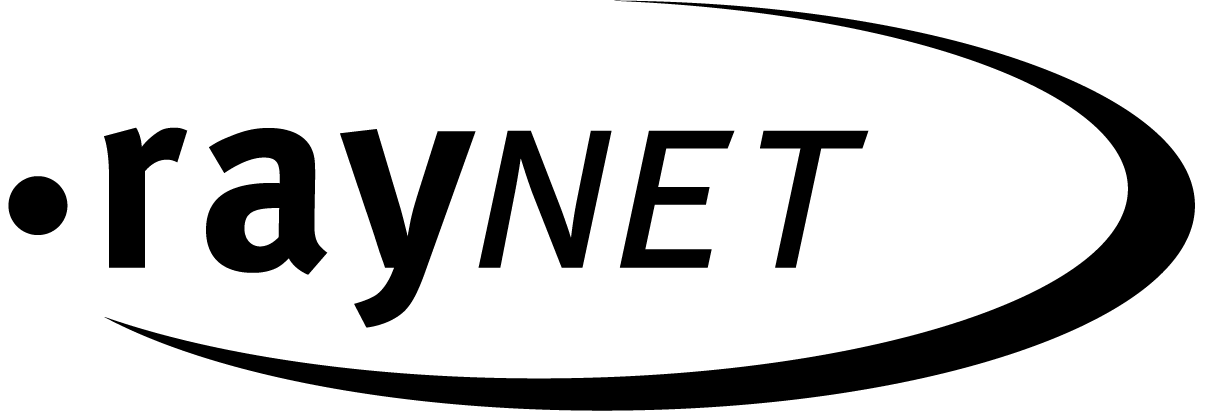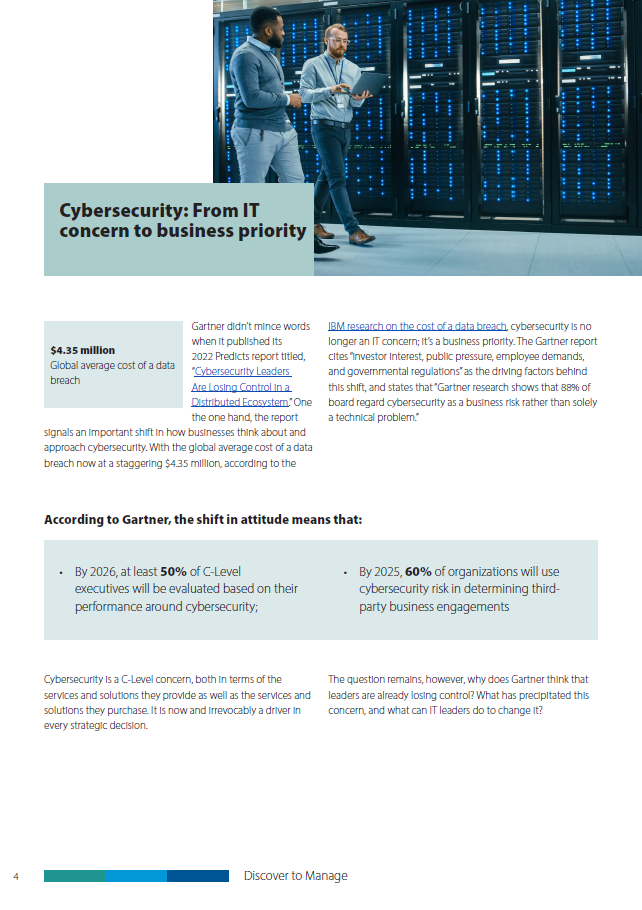// Blog
How to decrease technical debt and improve infrastructure fitness with a technology catalog
Date: December 15th, 2022
Can your infrastructure continue to support your internal and external business services now and in the future? This question is at the heart of “infrastructure fitness” and “technical debt”. Your infrastructure might keep your business running now, but what will that look like in two years? Five years? In ten years? If you think of your business as a marathon, is your infrastructure healthy enough to run the race?
A lot of organizations face challenges early on when establishing their technology stack, and they prioritize short term wins over long-term health. It’s a strategic weakness that happens to most of us. Either we don’t have the money, the personnel, the data or sometimes even the foresight. When we’re lucky, it’s simply because our business grew a lot faster than anticipated, so our technical debt ends up being higher than we thought.

Technical debt
When your technology stack doesn’t grow and mature at the same speed as your business or market need. The technical debt is the difference between where your technology stack should be based on business and technological needs and where it actually is.
But nothing has to be planned perfectly in advance. If we keep an eye on how our services grow and change, requiring new and different technologies, then we can update our technology as we go along, ensuring that services grow with business demands.
Infrastructure fitness can be impacted by external factors as well. Two significant causes of technical debt are product End-of-Support and End-of-Life.
Technology products rely on vendor support long after they’ve been purchased. Vendors continue to provide feature updates as well as new features to ensure that the products continue to meet business needs. Additionally, vendors regularly provide security updates and patches, giving customers the tools they need to keep their infrastructure and data safe from newly discovered vulnerabilities and attacks.
These are key aspects of the fitness of any technology stack, but at some point, product support and products themselves come to an end. This means that your technology stack could face any number of issues, including a reduced or outdated feature set, an increase in vulnerabilities and attacks, and increased compatibility issues. Not addressing these issues could undermine the long-term health and fitness of your tech stack and, more importantly, your business.
Author:
Related links:
Share blog:
Can't protect what you can't see: Why IT Visibility is the cornerstone of cybersecurity
In this whitepaper, we’ll show you how blind spots can weaken and even threaten your infrastructure. But we’ll also show you how IT Visibility can:
- Improve your security strategy
- Reveal hidden gaps and blind spots in your existing security measures
- Maintain business flexibilities
- Ensure your competitive edge
Getting an overview of End of Support and End of Life status for a single product is hard enough but getting it for an entire enterprise portfolio is next to impossible. The information isn’t hard coded somewhere, so it’s not easily discoverable. Instead, it’s announced through mails, emails, and on webpages, requiring non-technology discovery tools, i.e., someone who’s paid to look for that information and record it when it’s published. This is where a catalog-supported tool comes in.
Technology catalogs providers discover, record, normalize and enrich both technical and commercial data, so you don’t have to. By leveraging AI and machine-learning tools as well as licensing and contract experts, these providers combine technological and human resources to create precise and up to date catalogs of technology information, so you can ensure the fitness of your infrastructure.
A well-maintained, up to date technology asset catalog is an essential resource for ensuring the health and long-term sustainability of your technology stack. Not only does it give you insight into which tools and solutions you’re using, providing you critical commercial and technical data about your assets, but it also gives you the undiscoverable data you need to manage your infrastructure well into the future.
Raynet’s RayVentory Catalog was recently cited in a major analyst’s report on infrastructure fitness and technical debt for providing “vetted end-of-life data and other product details that can be accessed directly or integrated into other tools used for management activities.” The data is vetted by automated and manual processes to ensure that it is reliable, accurate, and up to date. This reliable data allows you to plan better and more strategically for unavoidable changes to your technology stack, decrease your technical debt, and ensure the long-term health of your business IT infrastructure.
Read our latest whitepaper to learn how strategic End-of-Life and End-of-Support management can improve your infrastructure fitness.
How to decrease technical debt and improve infrastructure fitness with a technology catalog
Reading time: 3 minutes
December 15th, 2022 | Andreas Gieseke
Can your infrastructure continue to support your internal and external business services now and in the future? This question is at the heart of “infrastructure fitness” and “technical debt”. Your infrastructure might keep your business running now, but what will that look like in two years? Five years? In ten years? If you think of your business as a marathon, is your infrastructure healthy enough to run the race?
A lot of organizations face challenges early on when establishing their technology stack, and they prioritize short term wins over long-term health. It’s a strategic weakness that happens to most of us. Either we don’t have the money, the personnel, the data or sometimes even the foresight. When we’re lucky, it’s simply because our business grew a lot faster than anticipated, so our technical debt ends up being higher than we thought.

Technical debt
When your technology stack doesn’t grow and mature at the same speed as your business or market need. The technical debt is the difference between where your technology stack should be based on business and technological needs and where it actually is.
But nothing has to be planned perfectly in advance. If we keep an eye on how our services grow and change, requiring new and different technologies, then we can update our technology as we go along, ensuring that services grow with business demands.
Infrastructure fitness can be impacted by external factors as well. Two significant causes of technical debt are product End-of-Support and End-of-Life.
Technology products rely on vendor support long after they’ve been purchased. Vendors continue to provide feature updates as well as new features to ensure that the products continue to meet business needs. Additionally, vendors regularly provide security updates and patches, giving customers the tools they need to keep their infrastructure and data safe from newly discovered vulnerabilities and attacks.
These are key aspects of the fitness of any technology stack, but at some point, product support and products themselves come to an end. This means that your technology stack could face any number of issues, including a reduced or outdated feature set, an increase in vulnerabilities and attacks, and increased compatibility issues. Not addressing these issues could undermine the long-term health and fitness of your tech stack and, more importantly, your business.
Can't protect what you can't see: Why IT Visibility is the cornerstone of cybersecurity
In this whitepaper, we’ll show you how blind spots can weaken and even threaten your infrastructure. But we’ll also show you how IT Visibility can:
- Improve your security strategy
- Reveal hidden gaps and blind spots in your existing security measures
- Maintain business flexibilities
- Ensure your competitive edge
Getting an overview of End of Support and End of Life status for a single product is hard enough but getting it for an entire enterprise portfolio is next to impossible. The information isn’t hard coded somewhere, so it’s not easily discoverable. Instead, it’s announced through mails, emails, and on webpages, requiring non-technology discovery tools, i.e., someone who’s paid to look for that information and record it when it’s published. This is where a catalog-supported tool comes in.
Technology catalogs providers discover, record, normalize and enrich both technical and commercial data, so you don’t have to. By leveraging AI and machine-learning tools as well as licensing and contract experts, these providers combine technological and human resources to create precise and up to date catalogs of technology information, so you can ensure the fitness of your infrastructure.
A well-maintained, up to date technology asset catalog is an essential resource for ensuring the health and long-term sustainability of your technology stack. Not only does it give you insight into which tools and solutions you’re using, providing you critical commercial and technical data about your assets, but it also gives you the undiscoverable data you need to manage your infrastructure well into the future.
Raynet’s RayVentory Catalog was recently cited in a major analyst’s report on infrastructure fitness and technical debt for providing “vetted end-of-life data and other product details that can be accessed directly or integrated into other tools used for management activities.” The data is vetted by automated and manual processes to ensure that it is reliable, accurate, and up to date. This reliable data allows you to plan better and more strategically for unavoidable changes to your technology stack, decrease your technical debt, and ensure the long-term health of your business IT infrastructure.
Read our latest whitepaper to learn how strategic End-of-Life and End-of-Support management can improve your infrastructure fitness.
Share this blog post:



